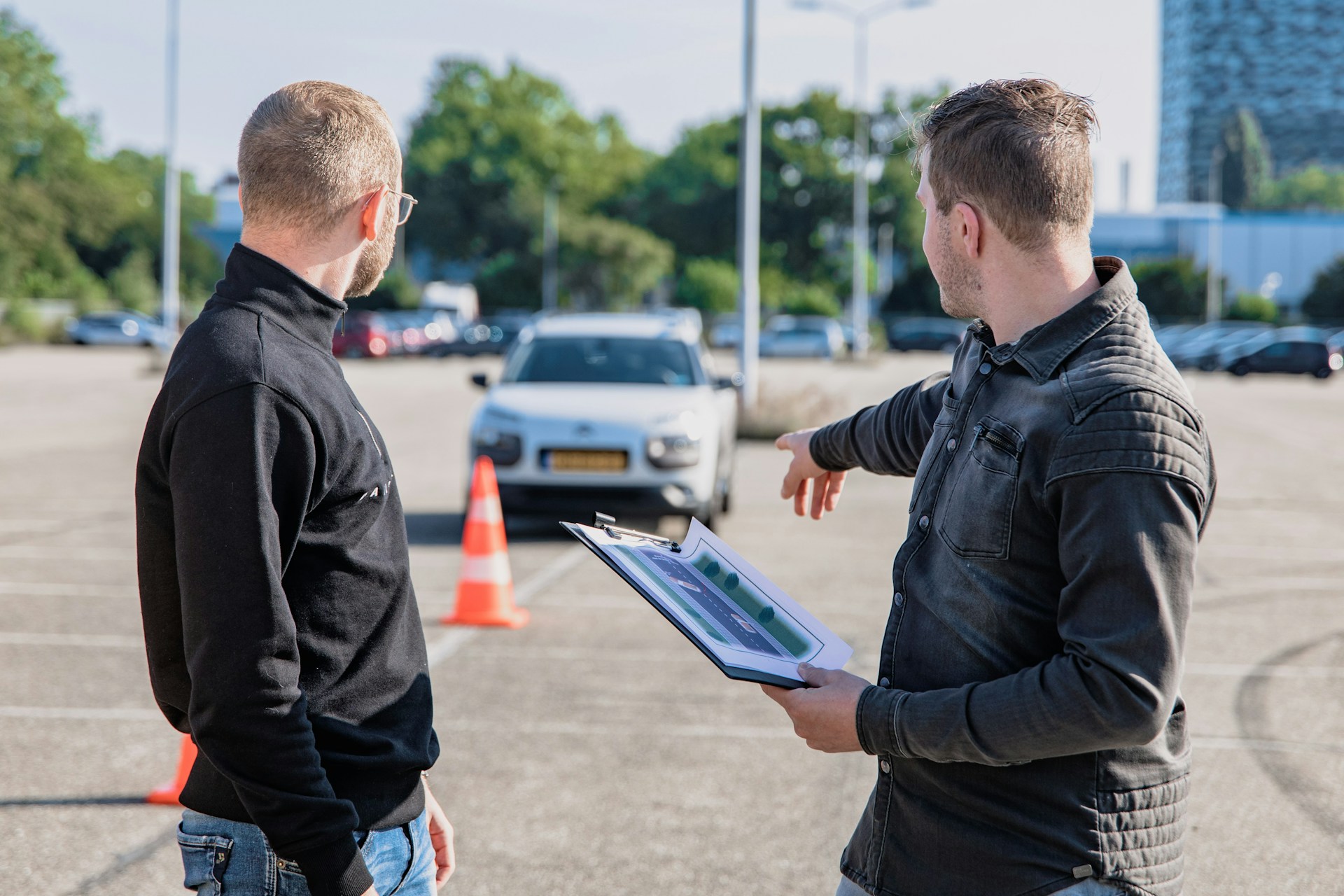Getting auto insurance without a valid driver’s license might seem challenging, but certain situations make it necessary. Understanding your options and requirements helps you navigate this unique insurance scenario effectively. Your ability to secure coverage depends on various factors, including state regulations, insurance company policies and your specific circumstances.
Understanding Auto Insurance Basics
What is Auto Insurance?
Auto insurance provides financial protection for your vehicle and potential liabilities on the road. Your car insurance policy typically covers damage to vehicles, property damage, and potential medical expenses from accidents. Insurance companies offer various coverage types to meet different needs and state requirements. Understanding these fundamentals helps you navigate the process of obtaining insurance without a license more effectively.
Your basic auto insurance policy typically includes several key components:
- Liability coverage for damage to others
- Collision coverage for your vehicle
- Comprehensive coverage for non-collision incidents
- Medical payment coverage
- Uninsured/underinsured motorist protection
Why a Driver’s License is Typically Required for Auto Insurance
Insurance companies usually require a valid driver’s license when issuing a car insurance policy. This requirement helps insurers verify your driving history and experience level to assess your risk level. Based on their findings, you’ll be offered premiums that are appropriate for your driving record and the level of risk you pose to the insurance provider.
Reasons For Not Having a Driver’s License
Medical or Age-related Restrictions
That are many medical or age-related issues that could prevent you from holding a driver’s license, including:
- Medical conditions or temporary restrictions
- Vision impairments or restrictions
- Physical limitations affecting vehicle operation
- Cognitive concerns impacting driving capacity
- Permanent disabilities
- Recovery periods from medical procedures
Personal Choice or Lifestyle Preference
Some individuals choose not to maintain a driver’s license due to:
- Environmental considerations and carbon footprint
- Urban living with accessible public transportation
- Personal preferences about driving
- Lifestyle choices supporting alternative transportation
- Financial decisions about vehicle ownership
- Work-from-home arrangements
- Proximity to necessary services
- Reliance on delivery services
Legal Issues or License Suspension
Your license status might be affected by the following:
- Traffic violations and accumulated points
- DUI/DWI incidents requiring suspension
- Unpaid tickets or fines
- Court orders restricting driving
- Administrative suspensions for various reasons
- Failed driving tests
- Insurance-related suspensions
- Payment plan defaults for prior auto insurance policies
Scenarios Where Auto Insurance Without a License is Needed
Insuring a Vehicle Owned by a Non-Driver
Several situations require insurance coverage for vehicles owned by unlicensed drivers:
Family Member or Caregiver Driving
- Vehicles used by licensed family members for your transportation
- Cars operated by professional caregivers or assistants
- Shared family vehicles under different drivers
- Employee-driven vehicles for business purposes
- Occasional use by authorized licensed drivers
- Regular transportation arrangements
- Emergency backup transportation options
Collectors or Investors Insuring Valuable Vehicles
- Classic car collections requiring protection
- Investment vehicles in storage
- Show cars with limited road use
- Stored vehicles awaiting restoration
- Auction preparation vehicles
- Museum display automobiles
- Vintage car investments
Insuring a Vehicle for a Child or Family Member
Parents or Guardians Insuring a Car for a Child
- Vehicles for college students away from home
- Cars for newly licensed teenage drivers
- Family-shared vehicles with multiple users
- Teen driver situations requiring coverage
- First-time drivers
Covering a Vehicle for Someone Learning to Drive
- Learner’s permit situations during training
- Driver education periods and requirements
- Training vehicles for new drivers
- Supervised driving arrangements
- Educational institution vehicles
Can You Legally Obtain Auto Insurance Without a License?
Overview of Insurance Company Policies
When exploring insurance options, you’ll discover that companies maintain distinct policies regarding unlicensed drivers. Your coverage possibilities will vary significantly between providers – some may offer you specialized options, while others will require you to have a licensed primary driver on your policy. You should expect certain restrictions on vehicle usage, and your coverage might be limited in specific situations.
Furthermore, your premium costs will fluctuate based on your circumstances, and you’ll need to prepare different documentation depending on your chosen provider. Each company will assess your risk profile according to their established protocols, and you may need to secure special endorsements for complete coverage.
States and Countries with Specific Laws or Regulations
Your coverage options will differ based on your jurisdiction’s specific insurance laws, and you must comply with your state’s mandated coverage levels. When crossing state lines, you should consider additional requirements, as insurance regulations can change at borders.
How to Get Auto Insurance Without a License
Using a Primary Driver
One solution is naming a primary driver on your policy. Think of a primary driver as the main person who’ll be driving your car – maybe your spouse, adult child, or trusted family member. This person needs a valid license and will be the one your insurance company looks at when setting up your policy. They’ll check the primary driver’s experience on the road and their driving record to figure out your insurance rates.
Your primary driver becomes the key player in your insurance setup – they’re the ones the insurance company considers responsible for the car. While you own the vehicle, your primary driver’s history and credentials determine what you’ll pay and what coverage you can get. Insurance companies use their driving background to decide how risky it would be to insure your car.
Using a Learner’s Permit or Expired License
Other alternative documentation options include:
- Learner’s permits for insurance purposes
- Recently expired licenses as identification
- State ID cards for verification
- Previous license information records
- Temporary permits during the transition
- Provisional licensing documentation
- Historical driving records
- Alternative identification methods
Listing Yourself as an Excluded Driver
This option allows you to:
- Own and insure the vehicle while restricted
- Exclude yourself from driving coverage explicitly
- Maintain legal requirements for ownership
- Protect your asset with appropriate coverage
- Control policy management decisions
- Reduce premium costs
- Maintain vehicle registration
- Meet legal obligations
Changing Your Car’s Registration
Registration modifications might assist in these instances:
- Joint ownership arrangements with licensed drivers
- Alternative registration options for coverage
- Legal entity registrations for businesses
- Trust arrangements for vehicle ownership
- Business registrations, when applicable
- Family partnership arrangements
- Corporate ownership structures
- Limited liability company registrations
Getting Parked-car/Storage Insurance
Specialized coverage options include:
- Comprehensive-only policies for stored vehicles
- Storage protection during non-use periods
- Collector car insurance specifications
- Limited-use coverage options
- Stationary vehicle protection plans
- Seasonal storage coverage
- Laid-up vehicle policies
- Non-operational coverage
Opting for Non-owner Car Insurance
This coverage type provides:
- Liability protection for occasional driving
- Secondary insurance options when needed
- Coverage without vehicle ownership
- Risk management solutions
- Financial responsibility proof
- Future rate protection
- Coverage continuity
- Insurance history maintenance
Other Challenges and Considerations
Potentially Higher Costs
Ultimately, car insurance premiums can be steep, and finding competitive rates requires careful research and comparison that can take up a lot of your time.
That’s where Experian’s Auto Insurance service comes in. It’s a free tool that helps simplify this process by helping you compare car insurance quotes from multiple providers, even in unique circumstances like obtaining coverage without a license. Visit Experian’s website to create a free account, check your credit score, and explore personalized insurance options tailored to your specific situation. Its platform helps you navigate these challenging scenarios while finding the most cost-effective solutions.







